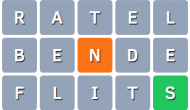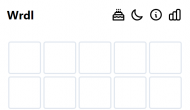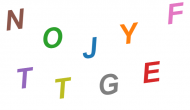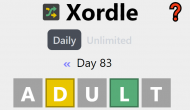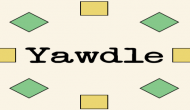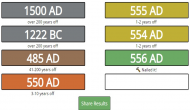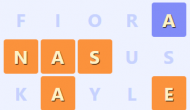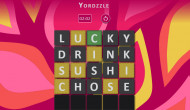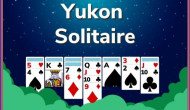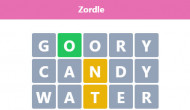KenKen
About game
KenKen is a Japanese numerical puzzle game that was invented by Tetsuya Miyamoto in 2004. The game is similar to Sudoku but with the added challenge of boxed equations.
The game is played on a grid that can range in size from 3x3 to 9x9. Each grid is divided into groups of cells called "cages." Each cage has a unique math operation (addition, subtraction, multiplication, or division) and a target number that the cage's numbers must add up to, subtract from, multiply, or divide to get the target number.
The objective of the game is to fill in the entire grid with numbers, making sure that no number is repeated in any row or column. In a 3x3 puzzle, players use the numbers 1–3. In a 4x4 puzzle, they use the numbers 1–4, and so on.
To solve the puzzle, players use logic and deduction to fill in the cages with the correct numbers that satisfy the math equation and target number. It's important to note that cages can contain more than two cells, which means the equation must be satisfied across multiple cells.
KenKen puzzles can range in difficulty from easy to extremely challenging, and there are several different strategies that players can use to solve them. Some of these strategies include looking for cages with only one possible solution, finding cages with limited options, and using "pencil marks" to keep track of possible solutions.
Overall, KenKen is a fun and challenging game that can help improve math skills, logical reasoning, and critical thinking.
Features:
- Free daily KenKen puzzles from USA Today.
- Multiple grid sizes ranging from 3x3 to 9x9.
- Different difficulty levels, ranging from easy to challenging.
- Cages with different math operations (addition, subtraction, multiplication, and division) and target numbers.
- A timer to track how long it takes to complete a puzzle.
- Option to undo or redo moves.
Rules:
- Fill in the entire grid with numbers, making sure no numbers are repeated in any row or column.
- Each cage has a unique math operation (addition, subtraction, multiplication, or division) and a target number that the cage's numbers must add up to, subtract from, multiply, or divide to get the target number.
- The numbers used in a cage must be unique within that cage, but not necessarily within the same row or column.
- In a 3x3 puzzle, use the numbers 1–3. In a 4x4 puzzle, use the numbers 1–4, and so on.


